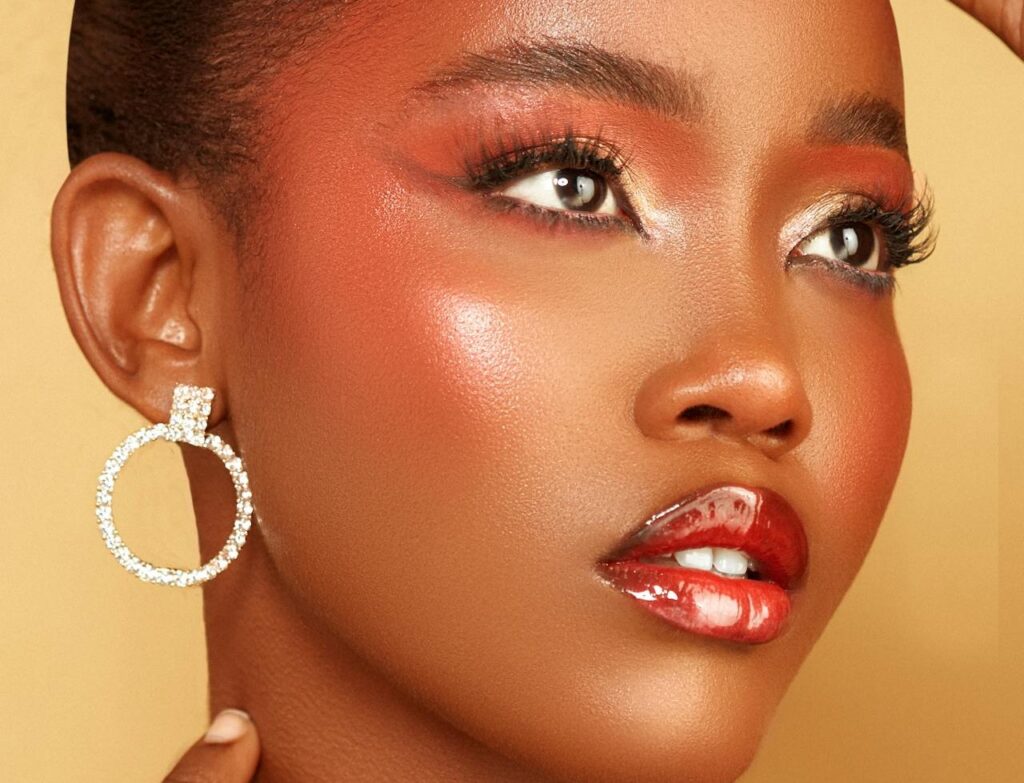For women who’ve been rocking a naked face long before songstress Alicia Keys decided to in 2016, understanding what this or that cosmetic product does may be perplexing. Skin toner is one example. From first glance, many of the bottles just look like water. And anyone with working electricity and water can wash their faces free of charge. So why should you buy toner and work it into your skincare routine? What is a skin toner?
Here, we’ll discuss what toner is in terms of skincare, plus give you the order it should slot into for all of us who aren’t sure if toner goes on before or after moisturizer.
The Function of Toner
While washing your face with water (or facial soaps) can do the job of initially cleaning your face, once your face dries, it can become clean but dry. We use skin toner for the same reason we use lotions, shea butter, cocoa butter and other moisturizers. Skin toner is made to hydrate skin, make pores look smaller (although you can’t permanently shrink them) and restore your skin’s pH balance (potential hydrogen which measures acid or alkaline in the human body).

Turnaround Time for Skin Toner To Work
This is where makeup enthusiasts have the upper hand on women who don’t wear makeup much. According to a dermatologist interview with Alok Vij, MD, on Cleveland Clinic, it takes approximately six weeks to three months to see any effects from using skin toner. That’s a fairly long time for someone who wants to see instant results, even if Vij believes “toners really make everything else work better.”
Although there are plenty of examples of black women aging backwards, sometimes it doesn’t hurt to have a little help. And skin toners often have anti-aging ingredients in them. Look for antioxidants, hyaluronic acid and glycerin in the skin toner ingredient rundown.
Other Perks of Skin Toner
Other functions of skin toner include helping to improve acne-prone skin (with alpha hydroxy acids and beta hydroxy acids), dull skin (with lactic acid and papaya extracts), and sensitive skin (with aloe vera, ceramides, chamomile, cucumber, green tea, hyaluronic acid, niacinamide, oatmeal and witch hazel). Depending on the type of skin toner you’re using, the ingredients will vary. Typical ingredients include water, a humectant (such as glycerine) and minimal alcohol. Unlike astringents, which are alcohol-based with a goal of reducing oily skin, toners generally contain up to 10% versus 20%-60% in alcohol-based products.
Applying Skin Toner
The process for using the products are pretty straightforward.
Step 1: Wash your face as you usually would with water or a gentle cleanser to get rid of initial dirt and makeup.
Step 2: Use a cotton pad, reusable cloth or your clean hands to apply skin toner. (Reusable cloths absorb less liquid than a cotton pad, so your toner may last longer by using that or your hand.)
Step 3: Wait for the skin toner to dry, and make sure to avoid your eyes.
Step 4: Because toner and moisturizer have two different functions, moisturizer should be applied after toner. Both hydrate the skin, but moisturizer’s intent is reducing dryness. As people age, the skin produces less oils. Moisturizers can reduce fine lines, wrinkles and make the skin look more plump.
How Often Should You Use Skin Toner?
While skin toner application is recommended once or twice per day, for a newbie user, monitor how your skin is responding to the skincare product. If you’re seeing concerning results, stop immediately. Talk to your doctor or dermatologist about one that may work better for your skin type. Again, the results aren’t immediate, so patience will be key. But if it works as intended, the long-term results will make you grateful later.
